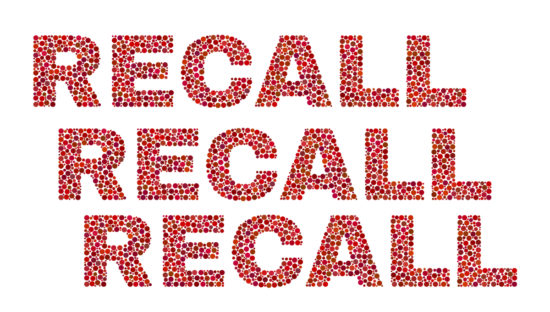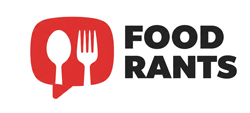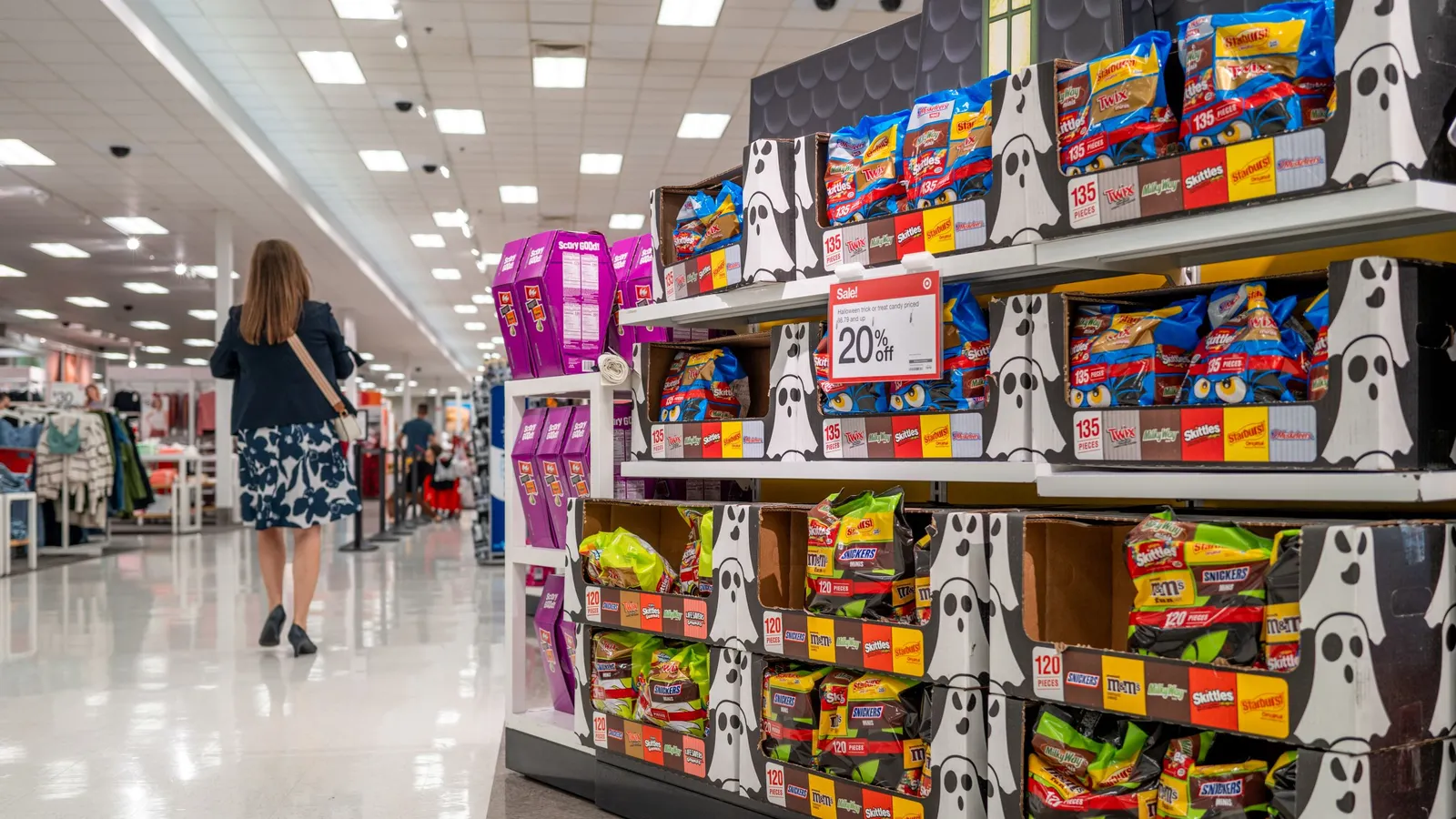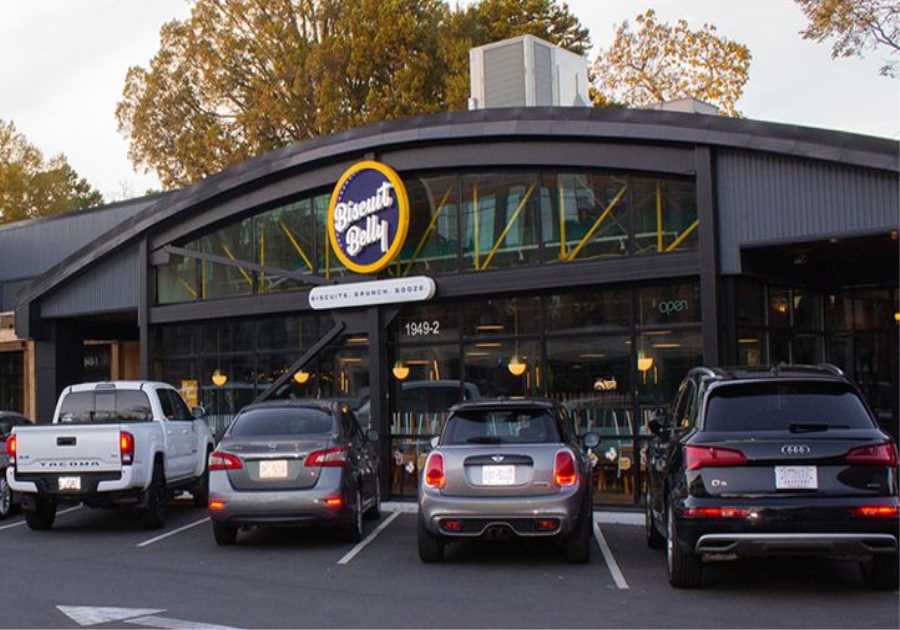
When a consumer hears about a food recall, they’re only seeing the final step in a long and complex process. Before that notice ever reaches the public, food companies go through internal investigations, cross-team decision making, and coordination across the supply chain — all while regulators monitor the situation closely.
To consumers, a recall may feel sudden. But the decision to recall a product is rarely straightforward. While there are huge logistics and costs involved for the issuing company, companies ultimately must prioritize keeping consumers safe. The debate typically involves representatives from various teams — legal, safety, financial, and even branding — and each of their perspectives must be considered. Understanding how these decisions are made helps consumers know what to expect when recalls happen.
Where recalls start
Most food recalls begin when something unusual is detected. That usually happens at the supplier level, where ingredients are first processed. But issues can be caught at any point in the supply chain: during in-house testing, during routine audits, or flagged by distributors, retailers or even consumers.
More companies are using innovative technology to catch these problems early. Environmental monitoring, rapid lab testing, and digital traceability systems help companies detect things like pathogens, foreign materials, and undeclared allergens. That technology improves speed and accuracy, but it still takes human judgment to determine whether a recall should be issued.
Behind the scenes of a recall decision
The decision to recall a product moves through several steps. Here’s what typically happens:
The issue is identified. Recalls can begin with a test result, a consumer complaint, a distributor noticing a packaging issue, a retailer identifying a labeling error, or regulatory action. Common reasons include contamination, labeling errors, or the presence of undeclared allergens.
The team gathers information. The company, often in coordination with regulators, identifies what happened, which products were impacted, where they were distributed, and how to trace them. This information helps pinpoint the items that must be removed from supply chains, store shelves, warehouses, and consumers’ homes.
The company makes a decision. Every company should have a recall plan. Key decision makers — including safety experts, legal advisors, operations teams, and leadership—evaluate whether a recall is necessary. This team considers key questions about the incident: Is there a health risk? Is a recall required by law? Can the affected products be tracked down and removed? Will consumers be impacted if we wait? After reviewing this information, they decide how to proceed.
The messages are developed. If the decision is to recall, the company develops clear, accurate and actionable messages tailored to internal and external audiences. Internal messages instruct teams on critical next steps, such as thoroughly cleaning and sanitizing facilities as well as starting a root cause analysis to understand how the defect occurred. Messages to trading partners focus on finding and removing all recalled products. Consumer messages provide information about the issue, the affected products, and what to do next.
Why it feels smooth — or doesn’t. When consumers hear about a recall, it’s easy to assume the public statement is the whole story. But the speed, clarity and tone of that message is just the visible outcome of all the steps that came before. If the behind-the-scenes coordination was slow or chaotic, that will likely be reflected in how the recall is communicated. Companies that are well-prepared tend to move faster and communicate more clearly. They know how to find the right data, decide to act quickly, coordinate with their trading partners, and issue messages that drive action.
Why this matters to consumers. Recalls are not always a sign that a company failed. In many cases, they’re a sign that the system to catch food safety issues worked. But not all companies manage recalls the same way — and that’s where consumers come in. When consumers expect better communication and transparency, it puts pressure on companies to invest in the systems and tools that make fast, accurate recalls possible. That includes digital traceability, recall simulations, and better collaboration across the supply chain.
Recalls are part of keeping the food system safe. When something does go wrong, consumers deserve to know about it right away. Companies that take that responsibility seriously are the ones worth supporting. The more transparent the recall process becomes, the safer the entire food system will be for everyone.
About the author: Roger Hancock is CEO of Recall InfoLink. Recall InfoLink, makes recalls faster, easier, and more accurate across the supply chain to protect consumers and brands. Hancock is also a steering committee member of the Alliance for Recall Ready Communities.






